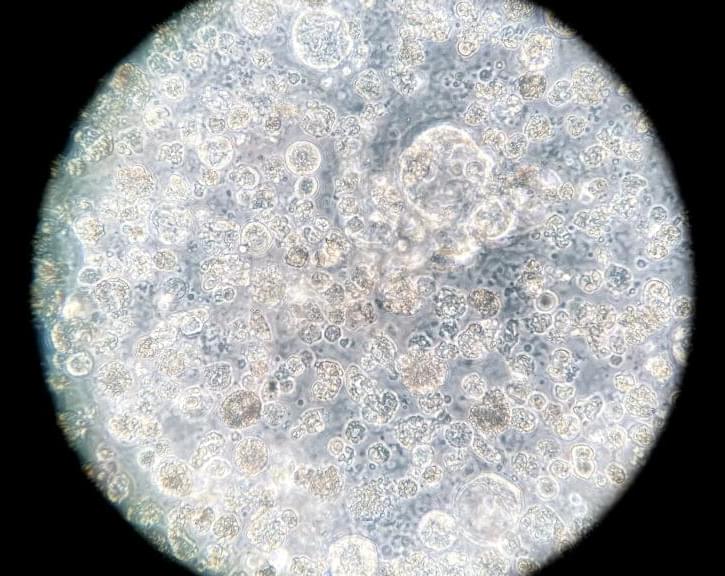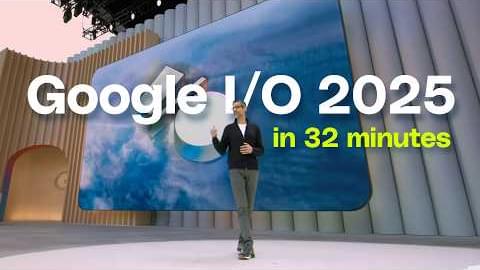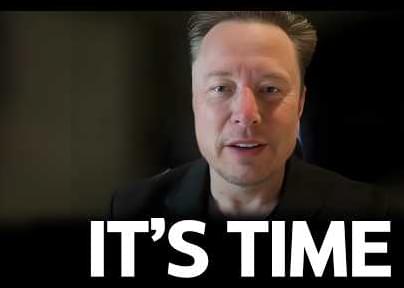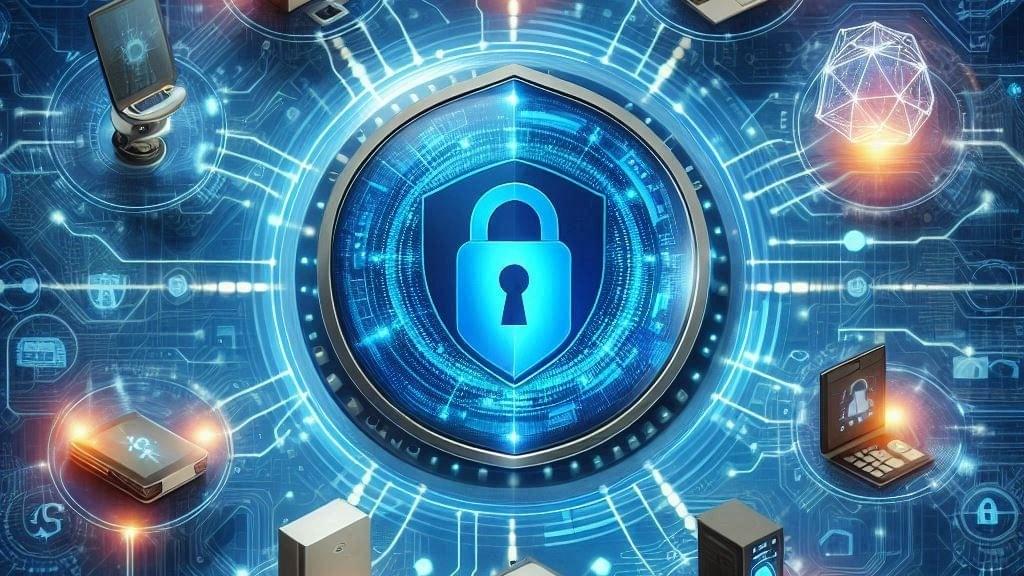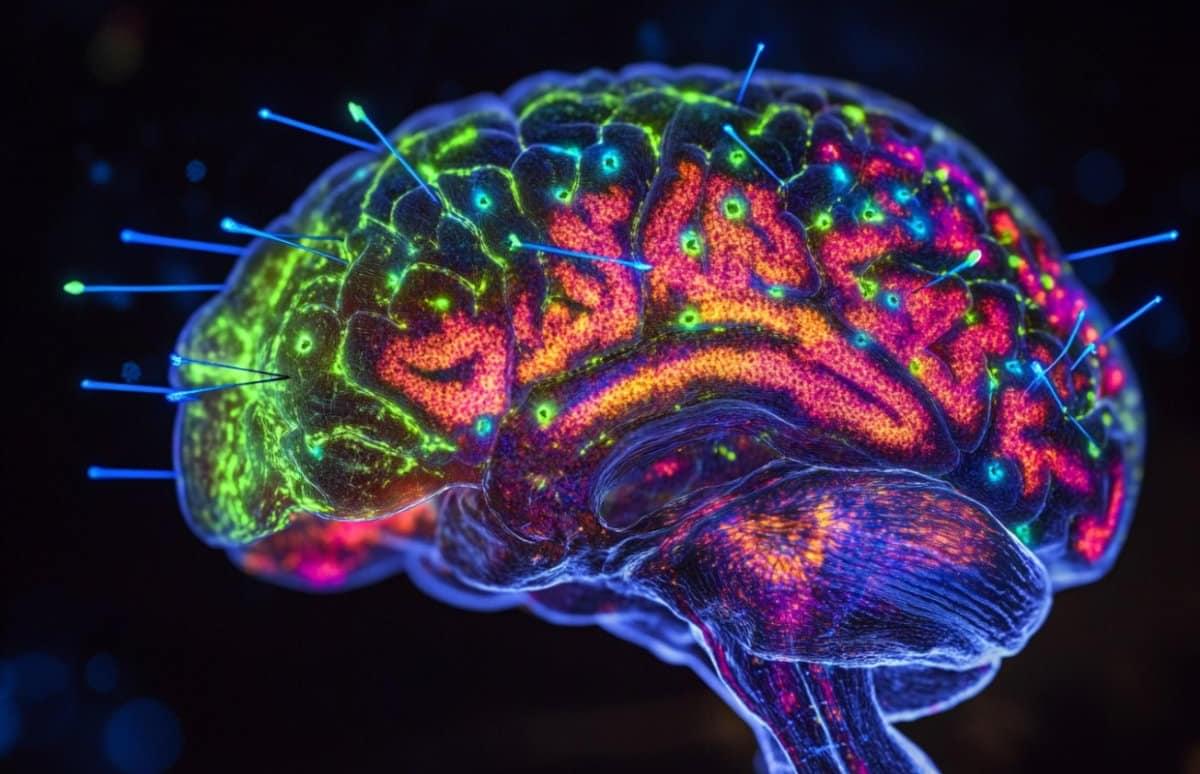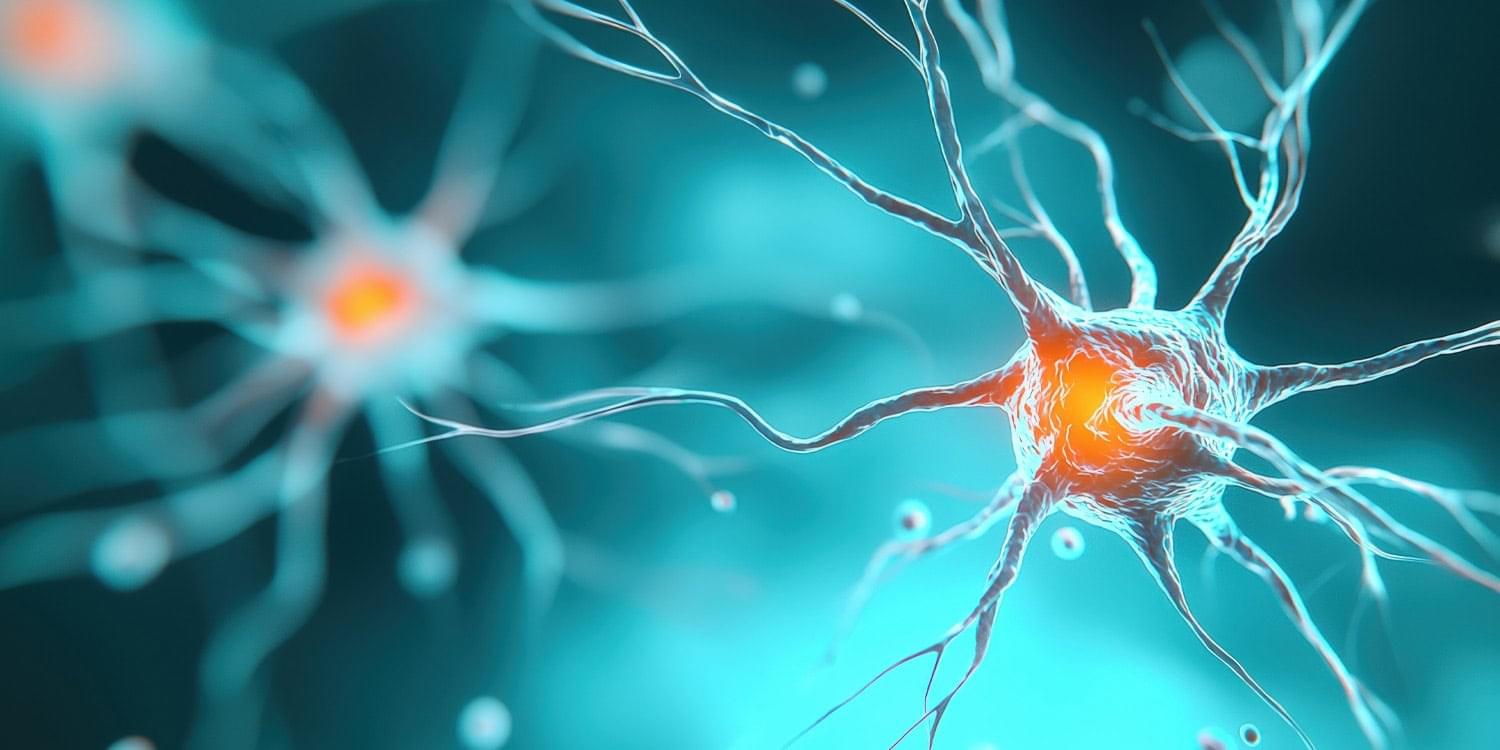A new study reveals that nearly 40% of children with long COVID are experiencing significant symptoms of anxiety or depression, many for the first time.
Watch the full interviews with Dr. Christof Koch and Professor Michael Levin, which are discussed in this video, here:
• Bioelectric Fields: A Paradigm Shift In Bi…
• Famous Neuroscientist on 5-MeO-DMT and Int…
Hans Busstra talks to Dr. Bernardo Kastrup about the groundbreaking work of Professor Michael Levin and Dr. Christof Koch.
Levin’s research into bio-electric fields reveals that cellular networks use electrical signals not just for immediate physiological tasks, but to coordinate complex patterning and memory across tissues—suggesting a kind of distributed intelligence in living systems.
Christof Koch, meanwhile, champions Integrated Information Theory (IIT), which proposes that consciousness is an intrinsic property of certain physical systems with high levels of causal interconnectivity.
Both lines of inquiry challenge the traditional reductionist view that mind is merely an emergent byproduct of neural activity. Instead, they point to a more holistic, perhaps even fundamental, role for information and consciousness in nature. Though Levin and Koch make no explicit metaphysical claims in their work, their empirical findings and views are very much in line with analytic idealism.
Higher intakes of black tea, berries, citrus fruits and apples could help to promote healthy ageing, new research has found.
This study conducted by researchers from Edith Cowan University, Queen’s University Belfast and Harvard T.H. Chan School of Public Health, found that foods rich in flavonoids could help to lower the risk of key components of unhealthy ageing, including frailty, impaired physical function and poor mental health.
“The goal of medical research is not just to help people live longer but to ensure they stay healthy for as long as possible,” ECU Adjunct Lecturer Dr Nicola Bondonno said.
By Chuck Brooks
Dear Friends and Colleagues, this issue of the Security & Insights newsletter focuses on cybersecurity and the convergence of devices and networks. The convergence of the Internet of Things, industrial control systems (ICS), operational technology (OT), and information technology (IT) has revealed vulnerabilities and expanded attack surfaces. They are prime targets for hackers, who frequently look for unprotected ports and systems on internet-connected industrial devices. Because they provide several avenues of entry for attackers and because older OT systems were not built to withstand cyberattacks, IT/OT/ICS supply chains in continuous integration (CI) are especially vulnerable. Below is a collection of articles that address the challenges and threats of cybersecurity for connected devices and people.
Thanks for reading and stay safe! Chuck Brooks
Growing cyberthreats to the internet of things.
IN A NUTSHELL 🌌 Black holes traditionally feature singularities, points of infinite density that challenge existing physics. 🔭 New models propose regular black holes and mimickers that eliminate the need for singularities. 🌀 Regular black holes replace singularities with a finite-density core, maintaining a consistent spacetime geometry. 🚀 These innovative models open new avenues for
A new scientific review maps the cellular and molecular mechanisms behind memory formation, consolidation, generalization, and updating—revealing how memories are stored, altered, and even manipulated in the brain.
A new study using direct brain recordings reveals that human economic decision-making is not localized to a single brain region. Instead, multiple areas work together, with high-frequency activity encoding risk, reward probability, and the final choice itself.


